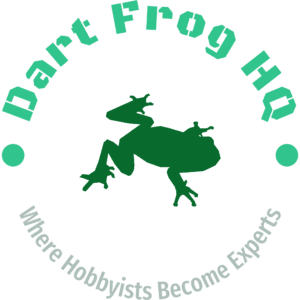
Wholesale Dendrobates Tinctorius Cobalt
Wholesale Pricing for Orders of 10 or More: Unlock our exclusive wholesale rates when you order 10 or more Dendrobates Tinctorius Cobalt dart frogs. Ideal for enthusiasts and retailers aiming to enhance their collection or stock.
Dendrobates Tinctorius Cobalt, often referred to as the cobalt blue poison dart frog, captures the fascination of many with its deep, mesmerizing blue colors. Revered by dart frog aficionados, this species is not only visually stunning but also notably resilient, making it an ideal pick for beginners and seasoned hobbyists. You can be confident in your purchase, as all our frogs are responsibly captive-bred and are aged between 4-8 months when shipped unless specified.


